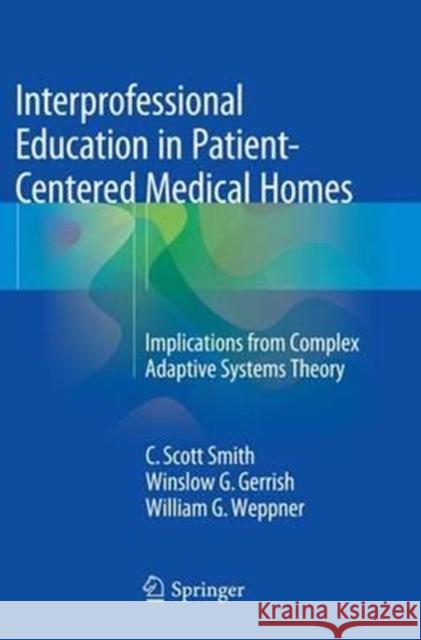Interprofessional Education in Patient-Centered Medical Homes: Implications from Complex Adaptive Systems Theory » książka
topmenu
Interprofessional Education in Patient-Centered Medical Homes: Implications from Complex Adaptive Systems Theory
ISBN-13: 9783319364520 / Angielski / Miękka / 2016 / 118 str.
Interprofessional Education in Patient-Centered Medical Homes: Implications from Complex Adaptive Systems Theory
ISBN-13: 9783319364520 / Angielski / Miękka / 2016 / 118 str.
cena 322,77
(netto: 307,40 VAT: 5%)
Najniższa cena z 30 dni: 308,41
(netto: 307,40 VAT: 5%)
Najniższa cena z 30 dni: 308,41
Termin realizacji zamówienia:
ok. 22 dni roboczych
Dostawa w 2026 r.
ok. 22 dni roboczych
Dostawa w 2026 r.
Darmowa dostawa!
Kategorie BISAC:
Wydawca:
Springer
Język:
Angielski
ISBN-13:
9783319364520
Rok wydania:
2016
Wydanie:
Softcover Repri
Ilość stron:
118
Oprawa:
Miękka
Wolumenów:
01











